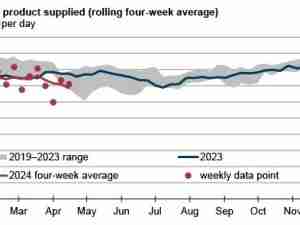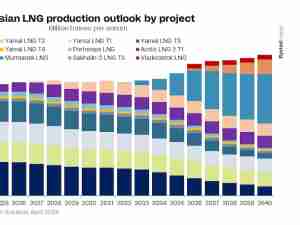Here is Rystad Energy’s daily market comment from our Senior Oil Markets Analyst Louise Dickson:
The global energy supply crunch and cold weather in the Northern Hemisphere are helping oil prices continue their stunning rally for yet another week.
The crunch is not only limited to main fuels for electricity production such as gas and coal, but also extends to oil supply.
While it is still unsure just how transitory the particular crude oil supply crunch is, and how lasting an impact the imbalance will have on the oil market, oil traders seem to be convinced that we are in for a high-price winter.
Supply-demand balances show that the market is experiencing a supply deficit which is spurring deep inventory draws and driving prices upwards.
This market tightness is expected to extend into most of 2022, and crude oil demand will only catch up with crude supply by the fourth quarter of next year.
In the short-term, how prices develop heavily depends on two factors – OPEC+ policy and the weather.
So far OPEC+ has been quite conservative in their supply tapering, with Saudi Arabia and Russia both squarely defending the alliance’s ‘slow and steady’ approach.
But the market is growing impatient, and is calling for OPEC+ to release more barrels from their arsenal of nearly 9 million bpd of spare capacity.
The OPEC+ calls are led by governments such as the US and Japan, which want to see lower energy prices but also are striving to strike a balance between GDP growth and inflationary risk.
The weather will also determine if oil prices continue their upward ascent.
Most recently, the US government weather service has said they have observed the development of La Nina weather patterns, and there is a very high probability that this weather pattern will continue in North America in the December-February period.
A continuation of the current weather pattern could add additional strain both on the demand side, as oil switching is encouraged by a cold winter and higher gas prices, and on the supply side, as any abnormal winter freeze in the US shale patch could again paralyze upstream activity as was the case in February 2021.
A cold weather event in North America would hit the oil market in the marginal supply jugular, as growth in US shale is still a much-needed production support amid the energy crunch.
Higher oil prices and more robust rig activity growth expected between now and the first quarter of 2022 could propel US supply to grow by more than 1 million bpd by the end of 2022, compared to year-end 2021.
If this growth trajectory is disrupted and the demand growth outlook continues its positive trajectory, the onus will again fall on OPEC+ to reign in oil prices.









